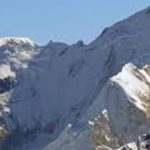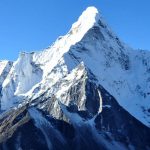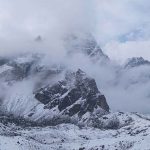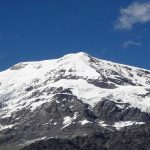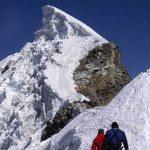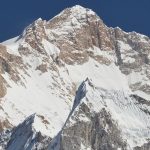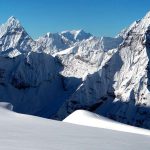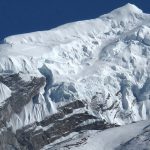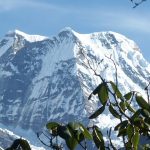Naya Kanga (5,846m) mounting higher in a well-formed to the west area of Ganja La is considered as an idyllic destination for the peak climbing among climbers. The way is moderately short in comparison to other popular climbing peaks. However, it includes more technical attention than a lot of other peaks.
We begin by driving through the way lying to the north-west hills. You will be witnessing attractive setting of snowy massifs on the way like Manaslu, Ganesh Himal, Mt. Annapurna II, and other slight peaks. Also, the trail passes by way of Bhotekoshi River that gushes down from Tibet next to the Langtang River.
The eye-catching view of snowy peak view of Mt. Langtang Lirung (7244m) appears in front of us on the way to Langtang Village. Once you traverse various trivial streams; forested beam bridges plus moraines, you can finally get a sight of the Monastery of Kyanjin monastery and the vivid icefall flowing downhill from the Kimshung as well as Langtang Lirung peaks.



